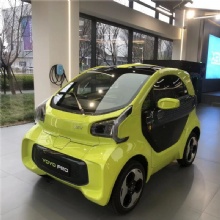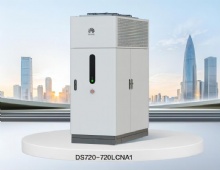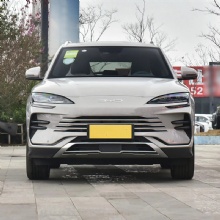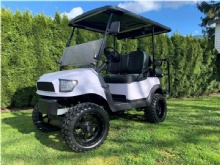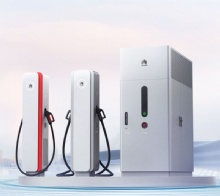Author:aronDate:2024-11-11
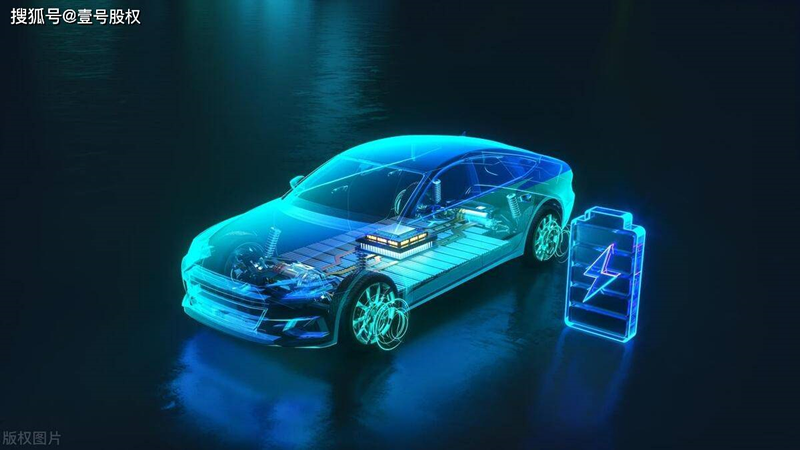
Provides electrical energy for the driving motor of electric vehicles, and the motor converts the electrical energy of the power source into mechanical energy. The most widely used power source is the lead-acid battery, but with the development of electric vehicle technology, lead-acid batteries are gradually replaced by other batteries due to low energy, slow charging speed and short life. The power sources that are being developed mainly include sodium-sulfur batteries, nickel-cadmium batteries, lithium batteries, fuel cells, etc. The application of these new power sources has opened up broad prospects for the development of electric vehicles.
The function of the drive motor is to convert the electrical energy of the power supply into mechanical energy, and drive the wheels and working devices through the transmission device or directly. DC series motors are widely used in electric vehicles. This motor has "soft" mechanical characteristics, which is very consistent with the driving characteristics of the car. It has low power, low efficiency, and high maintenance workload; with the development of motor control technology, it is bound to be gradually replaced by brushless DC motors (BLDCM), switched reluctance motors (SRM) and AC asynchronous motors, such as housingless disc axial magnetic field DC series motors.
The motor speed control device is set for the speed change and direction change of electric vehicles. Its function is to control the voltage or current of the motor to complete the control of the motor's driving torque and rotation direction.
In early electric vehicles, the speed regulation of DC motors was achieved by connecting resistors in series or changing the number of turns of the motor's magnetic field coil. Because its speed regulation is step-by-step and will generate additional energy consumption or use a complex motor structure, it is rarely used now. The most widely used is the thyristor chopper speed regulation, which achieves stepless speed regulation of the motor by evenly changing the terminal voltage of the motor and controlling the current of the motor. With the continuous development of electronic power technology, it has gradually been replaced by other power transistor (GTO, MOSFET, BTR and IGBT, etc.) chopper speed control devices. From the perspective of technological development, with the application of new drive motors, the transformation of electric vehicle speed control to the application of DC inverter technology will become an inevitable trend.
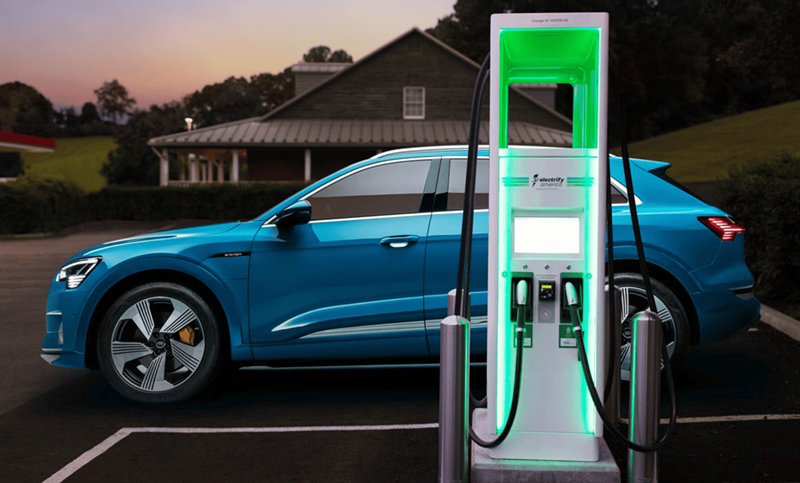
↓Next [ The trend of the times, the trend of new energy - charging piles ]

